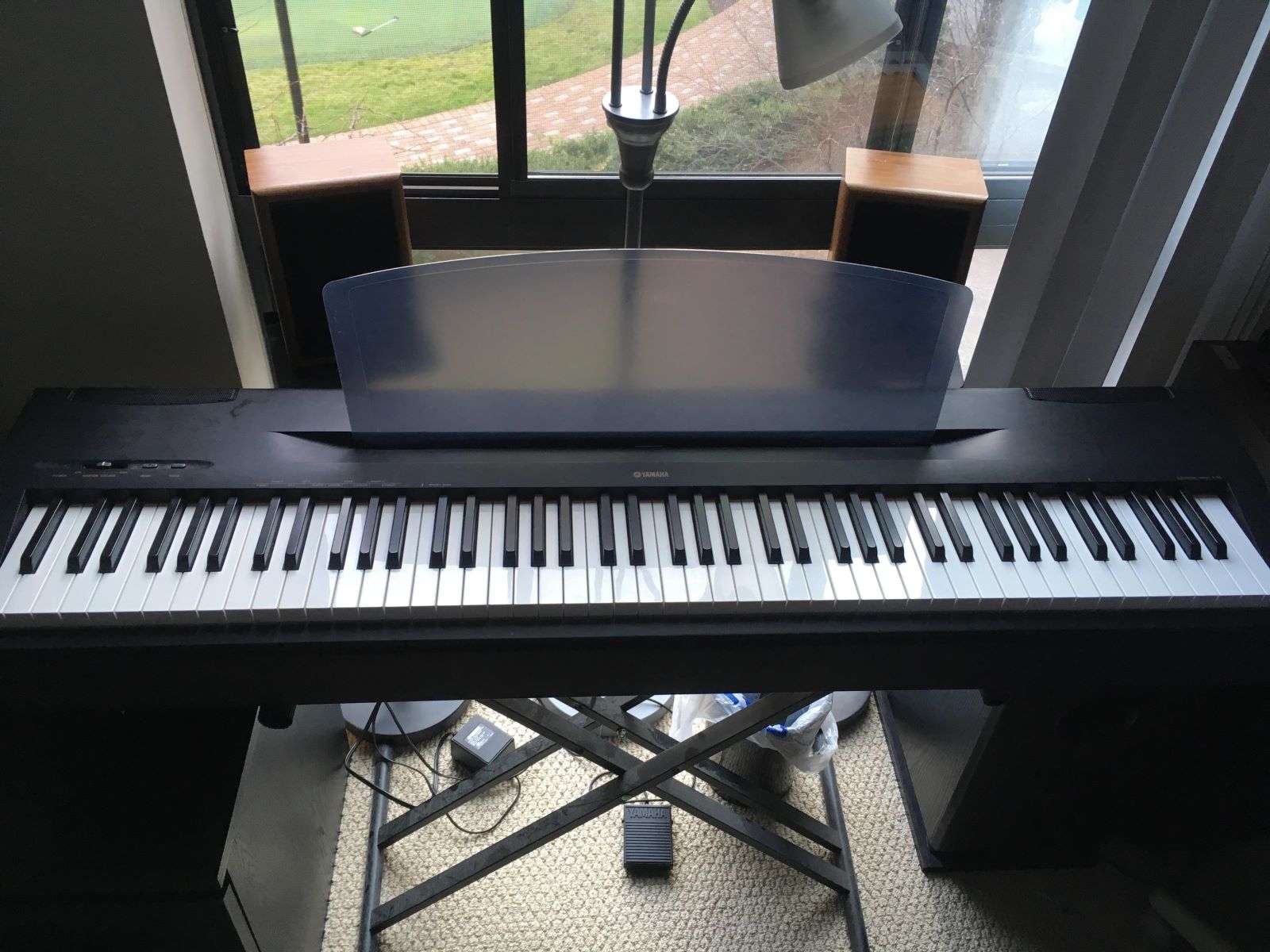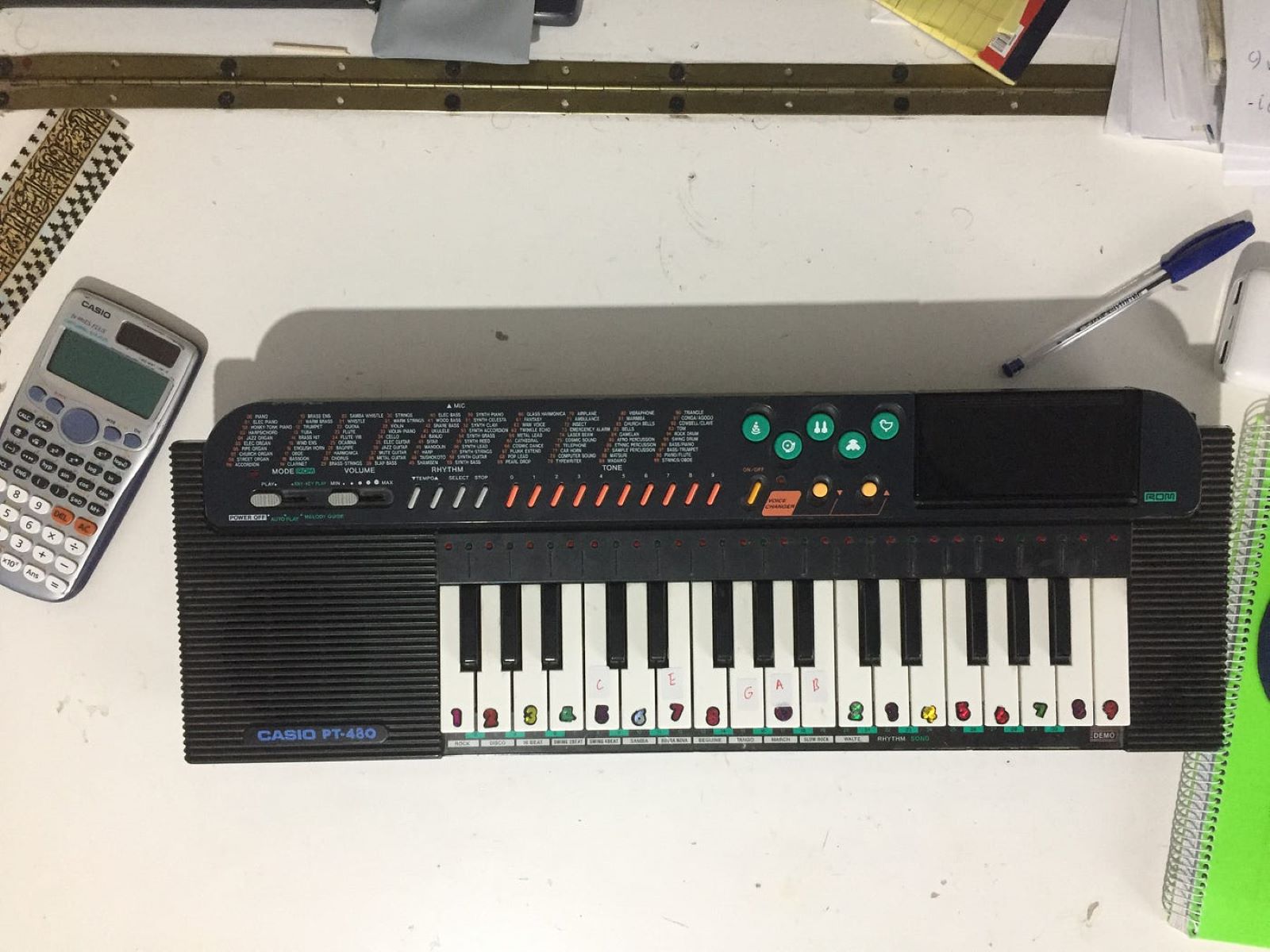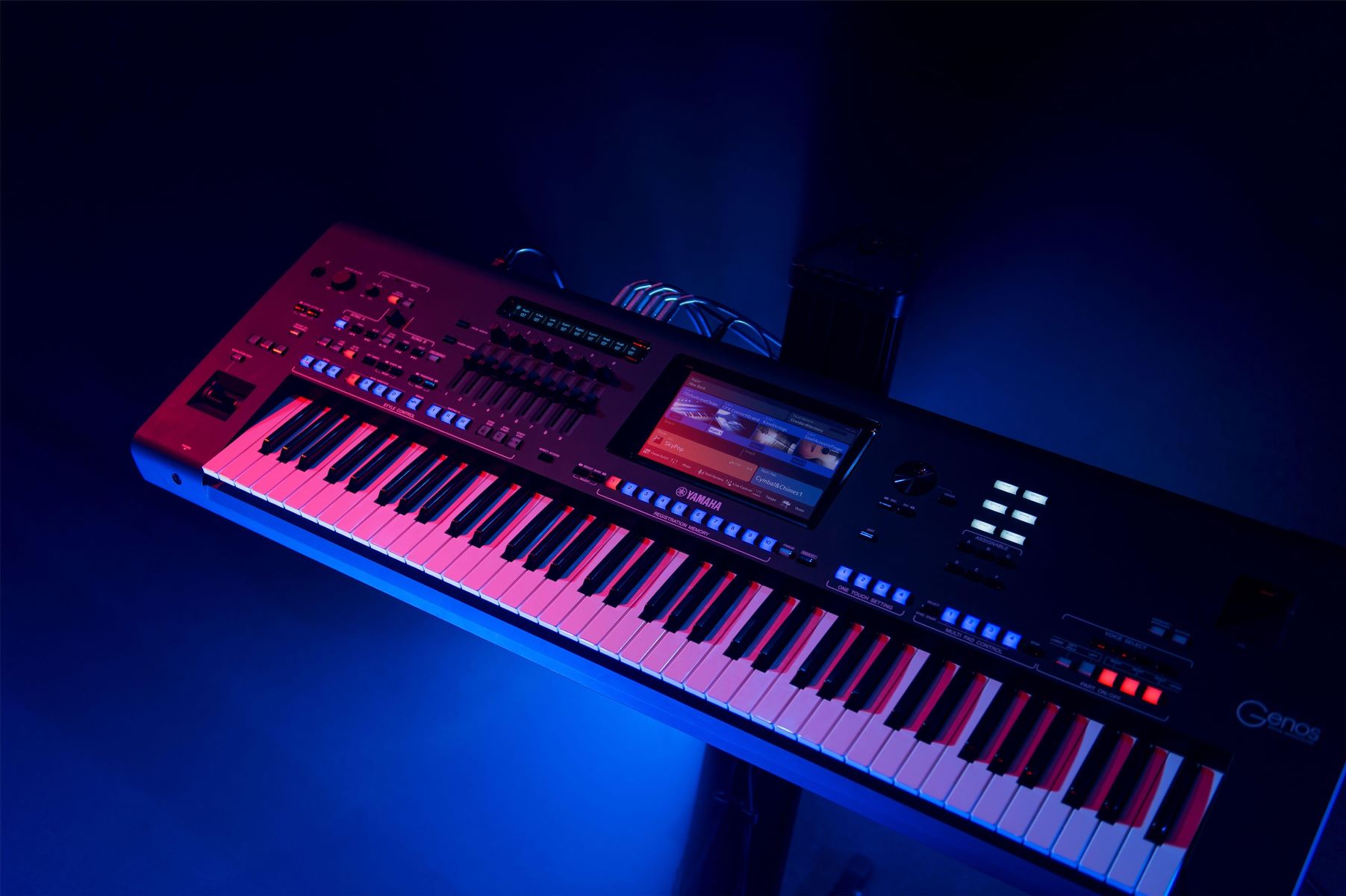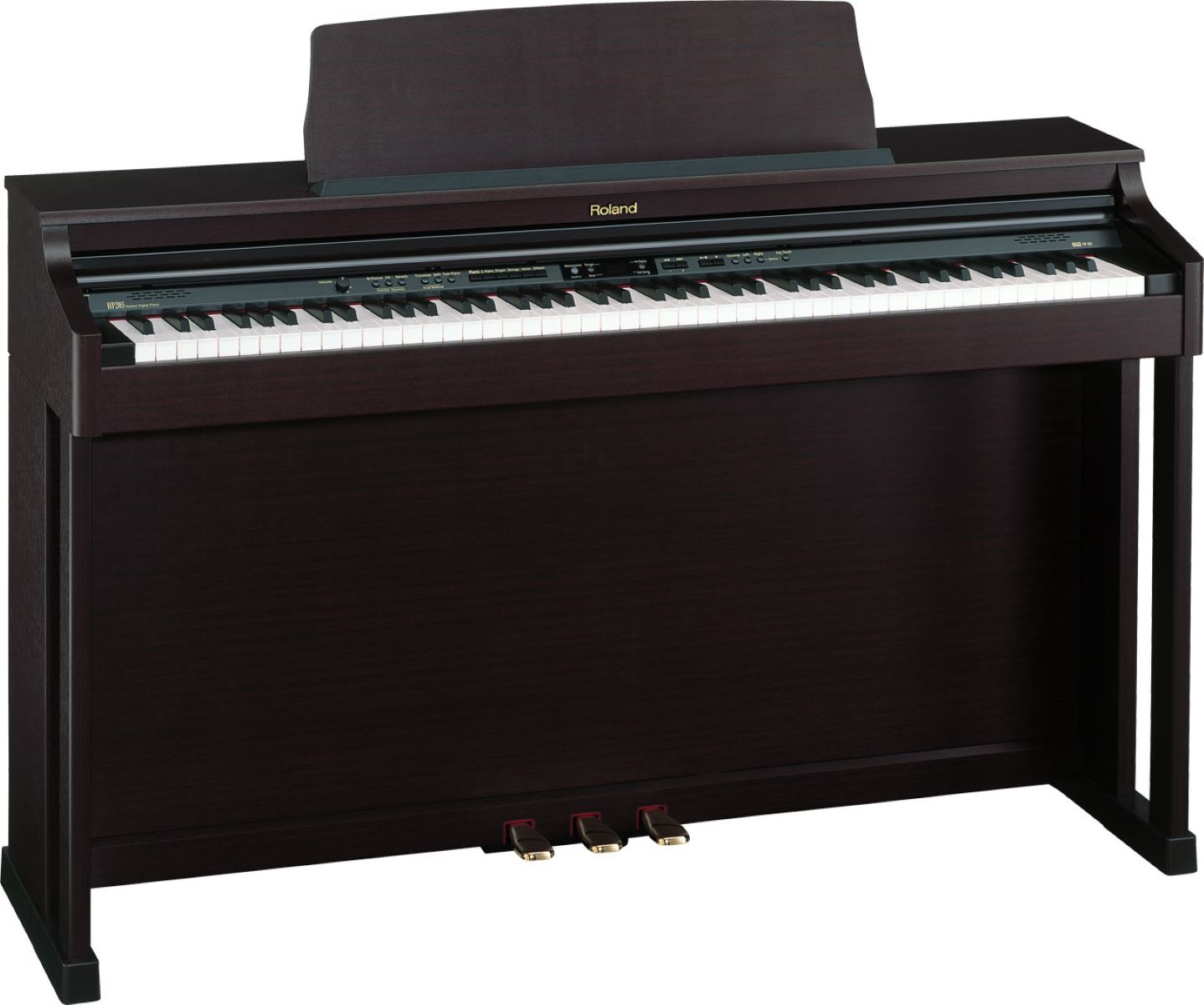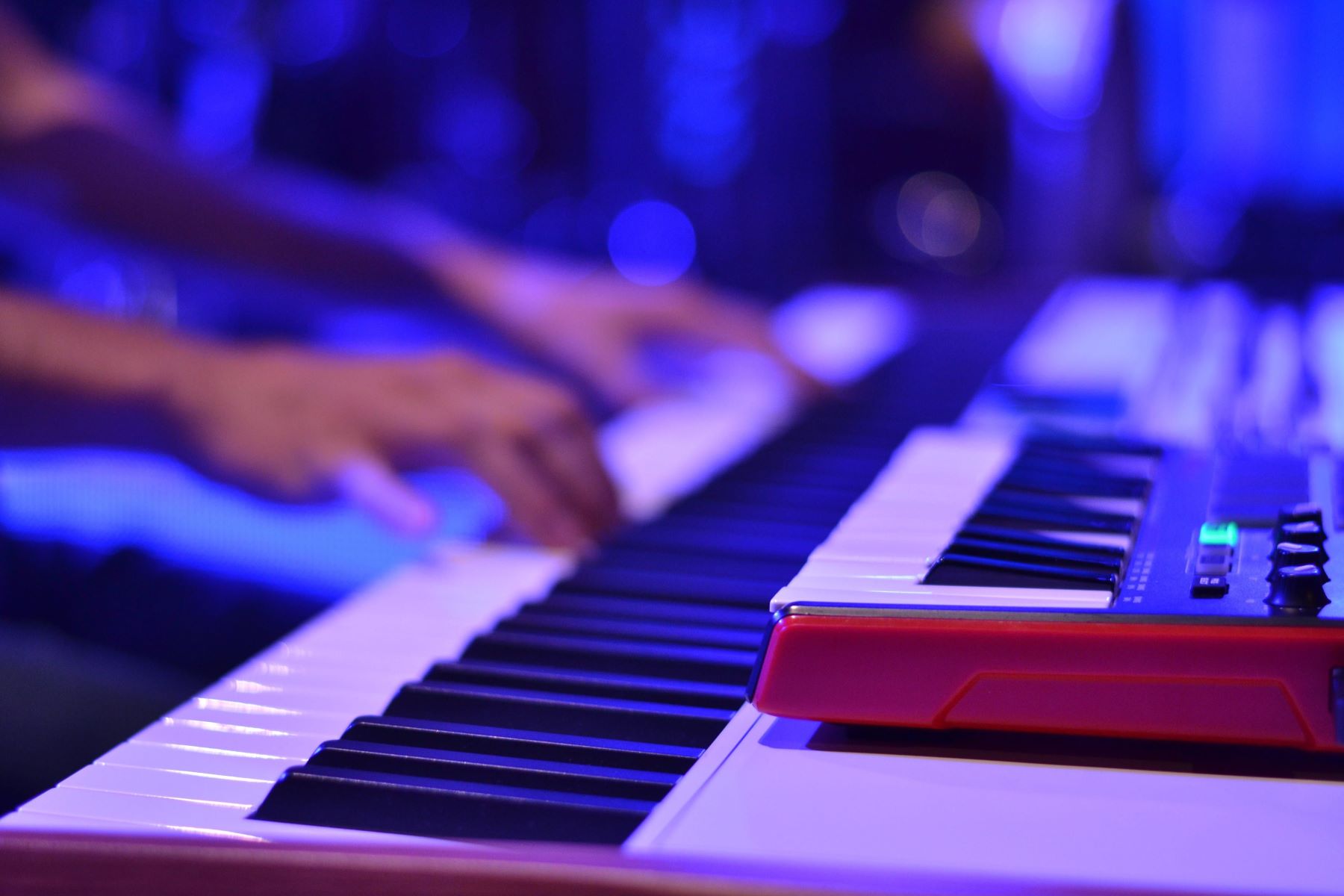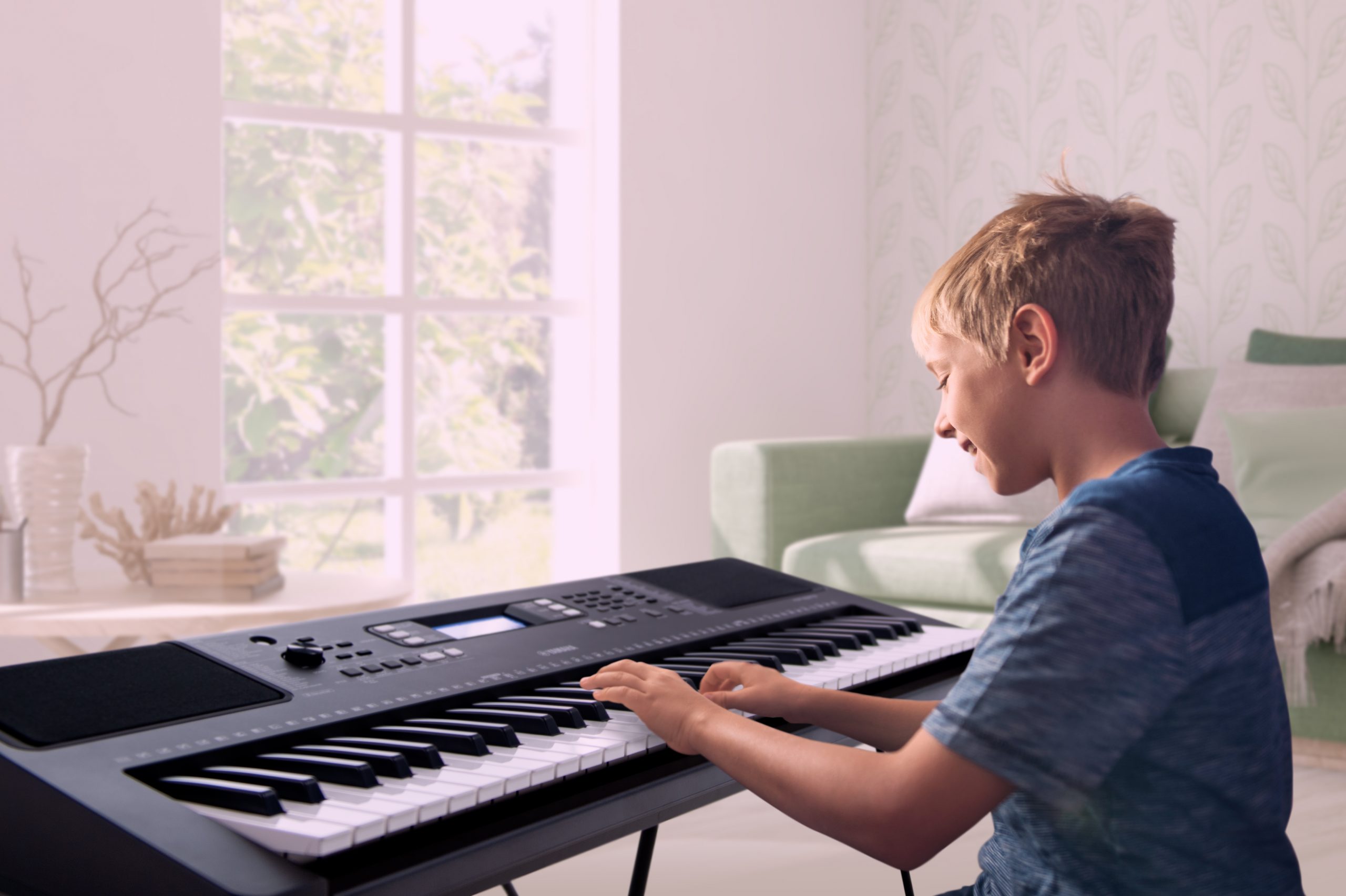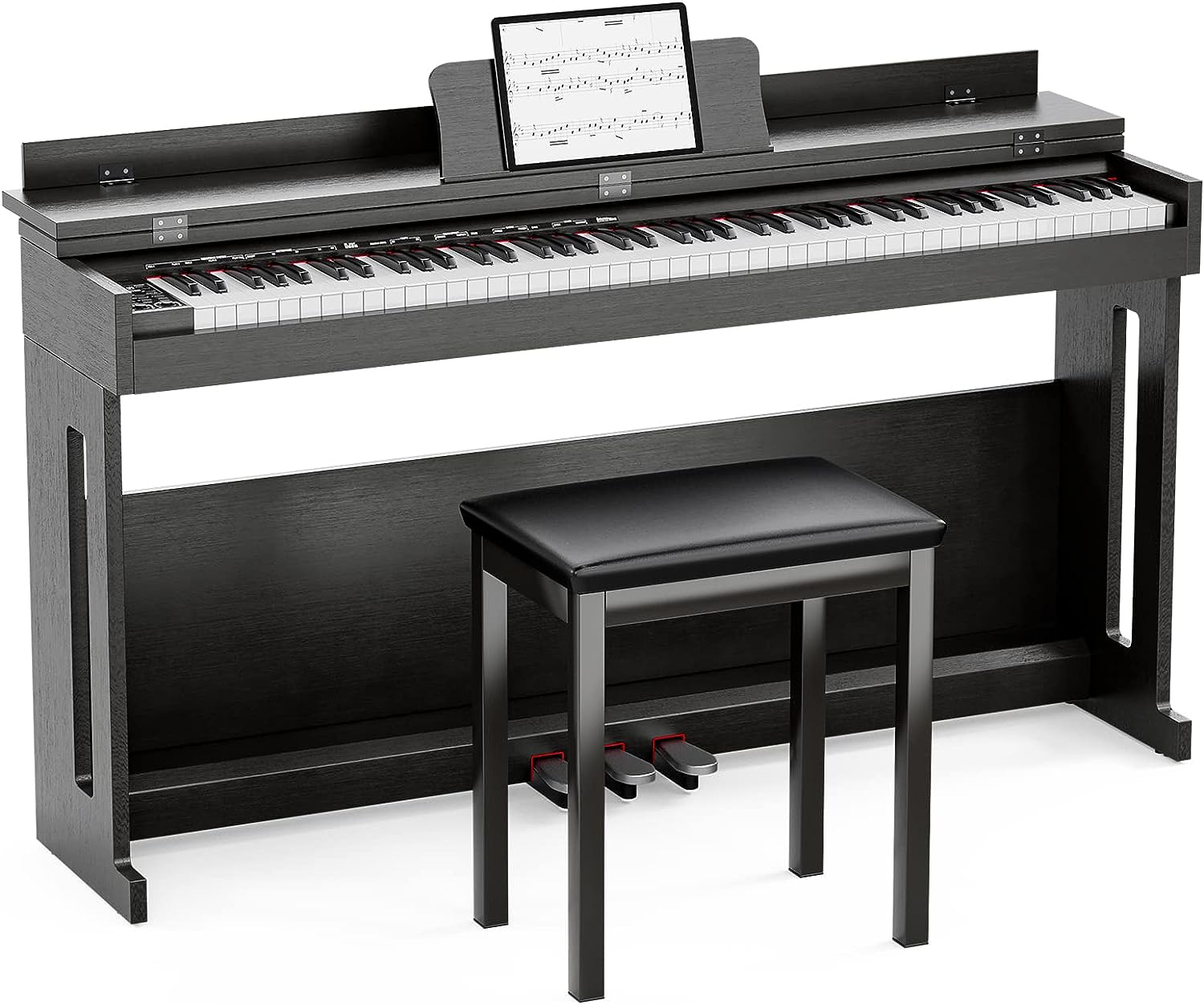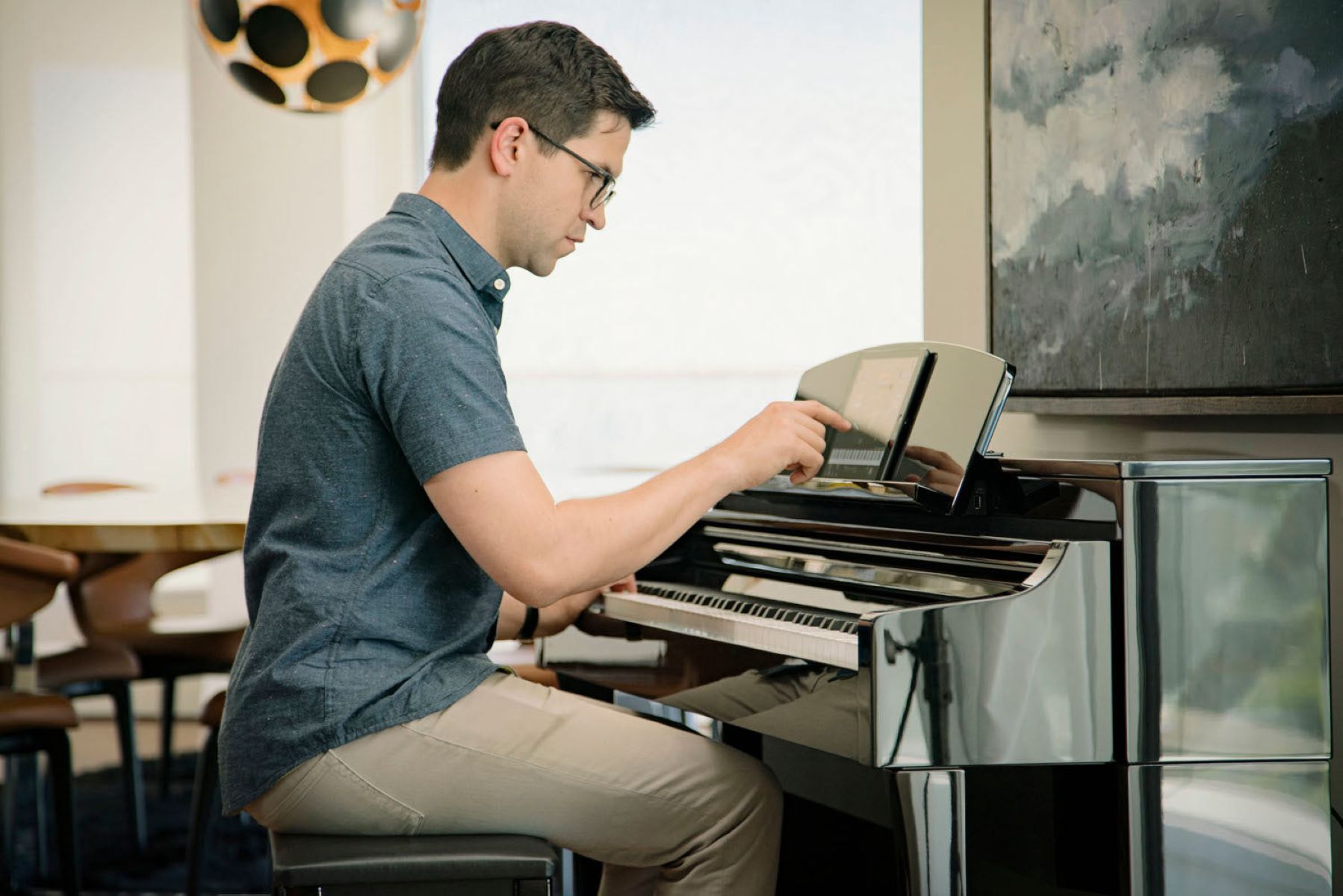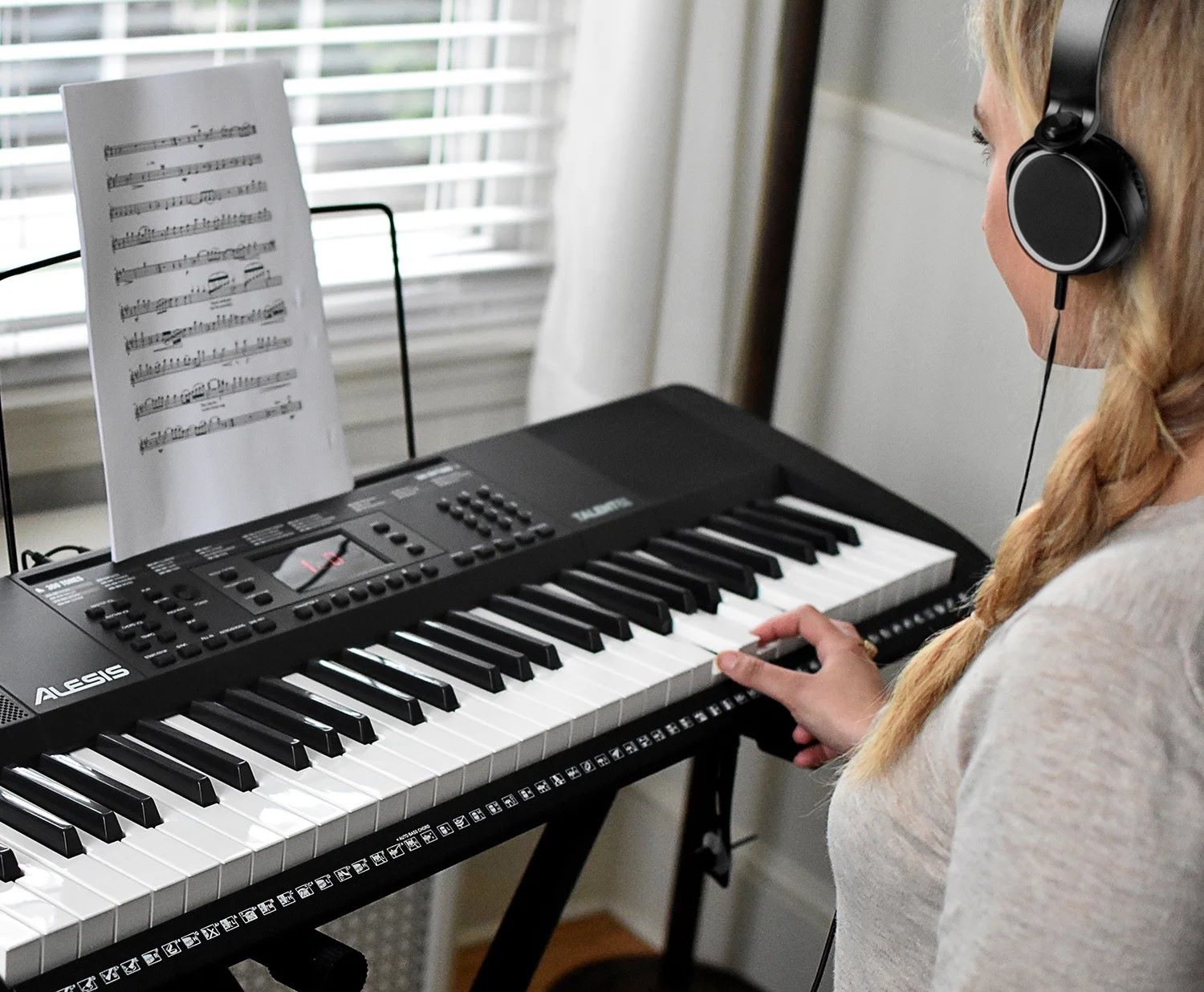Introduction
Exploring the World of Digital Pianos: An Insight into Touch Sensitivity
Digital pianos have revolutionized the way individuals experience and interact with music. Unlike their traditional counterparts, these electronic instruments offer a myriad of features that cater to the diverse needs of musicians, enthusiasts, and learners. One such crucial attribute is touch sensitivity, a defining factor that significantly impacts the overall playing experience and expression on a digital piano.
The touch sensitivity of a digital piano refers to its ability to respond to varying degrees of pressure applied to the keys. This fundamental feature enables the instrument to replicate the nuanced dynamics and articulation of an acoustic piano, allowing players to convey emotions and musicality with precision and authenticity. Understanding touch sensitivity is paramount for anyone looking to delve into the realm of digital pianos, as it forms the cornerstone of a truly immersive and expressive musical journey.
As we embark on this exploration of touch sensitivity in digital pianos, we will delve into its intricacies, significance, and practical implications. By unraveling the mysteries behind touch sensitivity, we aim to equip both novices and seasoned players with the knowledge necessary to harness the full potential of their digital pianos. Whether you are a budding musician seeking to hone your skills or a seasoned performer venturing into the realm of digital music, this comprehensive guide will illuminate the pivotal role of touch sensitivity in shaping your musical odyssey.
What Is Touch Sensitivity?
Touch sensitivity, also known as velocity sensitivity, is a fundamental attribute of digital pianos that simulates the response of acoustic piano keys to varying degrees of pressure. When a key is struck softly, the corresponding note produces a gentle sound, while striking the same key with greater force results in a louder, more resonant tone. This dynamic responsiveness mirrors the behavior of acoustic pianos, allowing players to infuse their performances with expressiveness and nuance.
At its core, touch sensitivity enables digital pianos to emulate the natural responsiveness of acoustic instruments, thereby enriching the playing experience and empowering musicians to convey a wide spectrum of emotions through their performances. This feature is pivotal in bridging the gap between the digital and acoustic realms, offering players the ability to articulate musical phrases with subtlety and finesse.
Touch sensitivity is achieved through the implementation of sensors beneath the keys, which detect the speed and force of each keystroke. These sensors transmit the input to the instrument’s sound module, which then produces the corresponding sound based on the intensity of the keystroke. As a result, players can achieve a nuanced and expressive performance that mirrors the responsiveness of a traditional piano.
Understanding touch sensitivity is essential for aspiring pianists and seasoned performers alike, as it forms the foundation for dynamic and emotive musical expression. By harnessing the capabilities of touch-sensitive digital pianos, musicians can elevate their performances to new heights, infusing their playing with a level of authenticity and depth that resonates with audiences and fellow musicians alike.
Why Is Touch Sensitivity Important?
Touch sensitivity holds immense significance in the realm of digital pianos, playing a pivotal role in shaping the playing experience and musical expression of performers. Its importance stems from its ability to imbue digital pianos with the dynamic responsiveness and expressive capabilities that parallel those of acoustic instruments. Here are several compelling reasons why touch sensitivity is crucial in the context of digital pianos:
- Expressive Playing: Touch sensitivity empowers pianists to convey a wide range of emotions and musical nuances through their performances. By varying the pressure applied to the keys, musicians can achieve nuanced dynamics and articulation, infusing their playing with expressive depth.
- Emulation of Acoustic Pianos: Digital pianos with touch sensitivity can closely replicate the responsiveness of acoustic pianos, providing players with an authentic playing experience. This emulation allows for a seamless transition between digital and acoustic environments, catering to the preferences of diverse pianists.
- Musical Dynamics: The ability to control the volume and timbre of notes based on touch sensitivity enables musicians to explore a wide spectrum of musical dynamics. This capability is essential for crafting engaging and compelling performances across various musical genres.
- Artistic Expression: Touch sensitivity fosters artistic expression and creativity, enabling performers to shape their musical phrases with subtlety and finesse. This facet of touch sensitivity amplifies the potential for musicians to communicate their musical ideas with clarity and authenticity.
- Learning and Skill Development: For aspiring pianists, touch sensitivity serves as a valuable tool for honing their playing technique and sensitivity to musical nuances. The ability to discern and control touch dynamics contributes to the development of a well-rounded and expressive playing style.
Ultimately, touch sensitivity is important because it elevates the playing experience, facilitates artistic expression, and empowers musicians to unleash the full potential of their performances. By embracing touch sensitivity, pianists can embark on a musical journey characterized by depth, authenticity, and emotive resonance.
Types of Touch Sensitivity
Touch sensitivity in digital pianos manifests in various forms, each offering distinct advantages and nuances in the realm of musical expression. Understanding the different types of touch sensitivity is essential for pianists seeking to tailor their playing experience to their specific preferences and musical styles. Here are the primary types of touch sensitivity found in digital pianos:
- Standard Touch Sensitivity: This type of touch sensitivity offers a uniform response across all keys, where the force applied to the keys directly correlates to the volume and intensity of the produced sound. While providing a consistent playing experience, standard touch sensitivity may limit the degree of expressiveness achievable in performances that demand nuanced dynamics.
- Graduated Hammer Action: Commonly featured in high-end digital pianos, graduated hammer action simulates the feel and response of acoustic piano keys. This type of touch sensitivity replicates the graded weight and resistance of keys found in traditional pianos, offering a more authentic playing experience and nuanced dynamic control.
- Multi-Level or Multi-Sensor Touch Sensitivity: Digital pianos equipped with multi-level touch sensitivity utilize advanced sensor technology to detect and respond to varying degrees of pressure applied to the keys. This results in a heightened level of expressiveness, allowing for intricate control over the dynamics and timbre of individual notes, thereby enhancing the overall musical expression.
- Fixed Touch Response Settings: Some digital pianos feature fixed touch response settings that enable players to customize the instrument’s overall sensitivity to their playing style. These settings may include options such as light, normal, heavy, or customizable touch curves, providing flexibility in tailoring the instrument’s response to suit the preferences and playing technique of the pianist.
Each type of touch sensitivity presents unique advantages and considerations, catering to the diverse needs and preferences of pianists across different musical genres and performance contexts. By discerning the characteristics of these touch sensitivity variants, musicians can make informed decisions when selecting a digital piano that aligns with their expressive requirements and playing dynamics.
How Does Touch Sensitivity Work?
The functionality of touch sensitivity in digital pianos is rooted in sophisticated sensor technology and intricate mechanisms designed to capture and interpret the nuances of a player’s keystrokes. Understanding how touch sensitivity works provides insight into the underlying processes that enable digital pianos to replicate the dynamic responsiveness of acoustic instruments.
At the core of touch sensitivity lie sensors integrated beneath the keys of the digital piano. These sensors are engineered to detect the speed and force with which each key is struck, transmitting this input to the instrument’s sound module. Upon receiving the sensor data, the sound module processes the information, determining the appropriate volume and timbre of the produced sound based on the intensity of the keystroke. This intricate interplay between the sensors and sound module forms the foundation of touch sensitivity, allowing for the translation of physical touch into expressive musical output.
Furthermore, digital pianos with advanced touch sensitivity may incorporate additional sensor technologies, such as aftertouch sensors, which detect variations in pressure applied to keys after initial contact. This feature enables players to exert control over parameters such as vibrato, pitch, and modulation, enhancing the scope of expressive possibilities available to pianists.
Moreover, the implementation of graded hammer action in certain digital pianos contributes to the emulation of acoustic piano keys, replicating the weighted feel and responsiveness of traditional instruments. This feature adds a tactile dimension to touch sensitivity, enhancing the overall playing experience and enabling pianists to engage with the instrument in a manner akin to acoustic piano performance.
By comprehending the intricacies of touch sensitivity and its underlying mechanisms, musicians gain insight into the technical prowess that underpins the expressive capabilities of digital pianos. This understanding empowers players to harness the full potential of touch-sensitive instruments, leveraging their nuanced control over dynamics and articulation to craft performances that resonate with depth and authenticity.
How to Adjust Touch Sensitivity
Adjusting touch sensitivity on a digital piano is a valuable capability that allows pianists to tailor the instrument’s response to their playing style and preferences. Whether seeking to fine-tune the dynamic range or customize the key response, understanding the methods for adjusting touch sensitivity empowers musicians to optimize their playing experience. Here are several approaches to adjusting touch sensitivity on digital pianos:
- Touch Sensitivity Settings: Many digital pianos feature touch sensitivity settings that enable players to modify the instrument’s response to their playing dynamics. These settings may include options such as soft, medium, hard, or customizable touch curves, allowing pianists to select a sensitivity profile that aligns with their expressive requirements.
- Velocity Curve Adjustment: Some digital pianos offer the ability to adjust the velocity curve, which determines the relationship between key velocity and the produced sound’s volume and intensity. By fine-tuning the velocity curve, pianists can customize the instrument’s response to their specific touch dynamics, enhancing their control over the nuances of their performances.
- Key Weight and Response Customization: High-end digital pianos equipped with advanced touch sensitivity features may provide options for customizing key weight and response. This functionality enables pianists to emulate the tactile feel of different piano actions, such as light, standard, or heavy key resistance, catering to individual playing preferences.
- Aftertouch Parameter Adjustment: For digital pianos incorporating aftertouch sensors, adjusting aftertouch parameters allows players to refine the instrument’s response to variations in pressure applied to keys after initial contact. This adjustment facilitates enhanced control over expressive elements such as vibrato, modulation, and pitch, expanding the scope of musical articulation.
Additionally, consulting the digital piano’s user manual or accessing online resources provided by the manufacturer can offer valuable insights into the specific methods for adjusting touch sensitivity on a particular instrument. Familiarizing oneself with the available customization options and experimenting with different touch sensitivity settings empowers pianists to tailor their playing experience to suit their artistic vision and playing technique.
By mastering the art of adjusting touch sensitivity, musicians can unlock the full expressive potential of their digital pianos, harnessing the instrument’s responsiveness to craft performances characterized by depth, nuance, and personalized musical expression.
Conclusion
Touch sensitivity stands as a cornerstone of the digital piano experience, enriching musical performances with dynamic responsiveness, expressive depth, and nuanced articulation. As we have delved into the intricacies of touch sensitivity, its significance becomes evident in shaping the playing experience and empowering musicians to convey emotions and musicality with precision and authenticity.
From understanding the fundamental concept of touch sensitivity to exploring its diverse manifestations in digital pianos, we have unveiled the pivotal role this feature plays in bridging the gap between digital and acoustic musical realms. The ability of touch-sensitive digital pianos to emulate the nuanced dynamics of traditional instruments empowers musicians to craft performances that resonate with depth and authenticity, fostering artistic expression and creativity.
Furthermore, the exploration of touch sensitivity has illuminated the diverse methods for adjusting and customizing this feature, offering pianists the flexibility to tailor their playing experience to their specific preferences and playing styles. By mastering the art of adjusting touch sensitivity, musicians can unlock the full expressive potential of their instruments, harnessing their nuanced control over dynamics and articulation to create captivating and emotive performances.
Aspiring pianists and seasoned performers alike can leverage the insights gleaned from our exploration of touch sensitivity to embark on a musical journey characterized by depth, authenticity, and emotive resonance. By embracing touch sensitivity, musicians can elevate their performances to new heights, infusing their playing with a level of authenticity and depth that resonates with audiences and fellow musicians alike.
Ultimately, touch sensitivity transcends its technical attributes to become a conduit for artistic expression and musical storytelling. It empowers musicians to communicate their musical ideas with clarity and authenticity, forging a profound connection with their audiences through the universal language of music.







